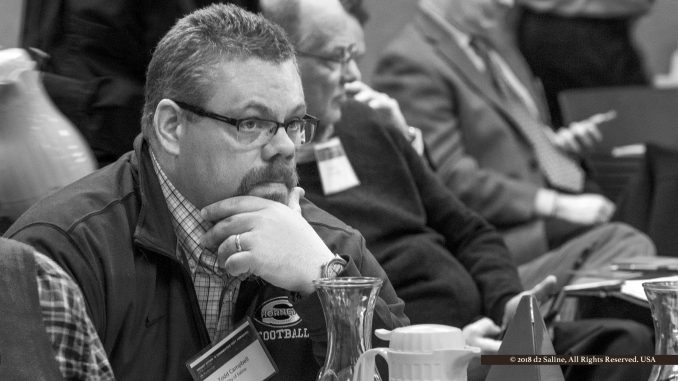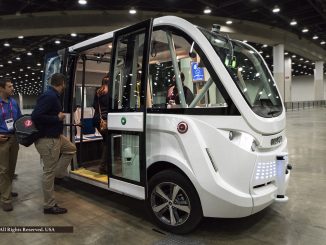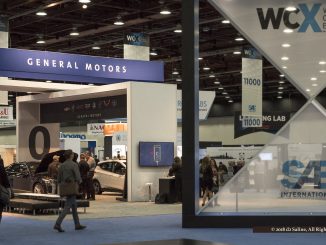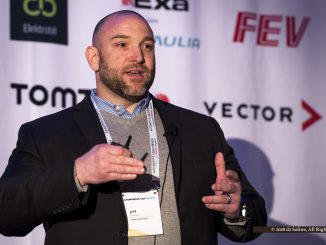
Look in on any given city council meeting and it can sometimes appear that local government is largely about reaction, big picture understanding illusive. It’s hard to imagine that employees and elected officials on their own side of the microphones don’t often share that sentiment. Maybe even more so.
What issues will cities like Saline be facing one, five, and ten years from now? What options will they have to answer challenges and leverage opportunties? Act or react? Will there be a choice to stand pat, do “the same things we’ve always done”?
Moreover, is the way things sometimes “look,” as mentioned above, reality?
It feels grossly insufficient to say that an understanding of “smart cities” will unquestionably be a part of that answer for Saline — and Ann Arbor, and Milan, and, well, every municipality, everywhere.
It also feels like 2018 is at least a half dozen years late for this discussion. [1]
In essence, a smart city is one that is in front of its opportunities for data collection and analysis, has deployed implementation technologies, and connected through all of the above both within and without. [2,3,4]
Put more simply: Take a look at recent Saline Journal articles on the promises and progress in autonomous vehicle development, then scale that up to the level of virtually any size community, anywhere in the world. [5,6]
After that, the number of questions far outpace answers. On top of that, the questions are hard ones.
Last week, Washtenaw Community College (WCC) hosted an impressive symposium that was developed primarily to share the current state of smart cities thinking with local administrators. Speakers were drawn from a good balance of government, academic, and private sector stakeholders. Saline Journal was invited to cover this and was there throughout. [7]
More importantly, Saline City Manager Todd Campbell and Police Chief Jerrod Hart attended.
And when content became increasingly specific — with discussions of Mcity and the new American Center for Mobility just opened at Willow Run — Saline was singled out as a Michigan community at the forefront of this discussion. Specifically, the selection of Saline by NAVYA for its first international manufacturing facility was referenced repeatedly and in detail. [8,9,10,11]
In upcoming articles, Saline Journal will get into specific topics from this WCC conference. For now the bottom line is this: Smart cities are not a question of If? but, rather, When? [12,13,14]
References
- “The 3 Generations Of Smart Cities” Boyd Cohen (August 10, 2015) Fast Company.
- “Smart Cities — A $1.5 Trillion Market Opportunity” Sarwant Singh (June 19, 2014) Forbes.
- “The Rise of the Smart City” Michael Totty (April 16, 2017) The Wall Street Journal.
- “Smart Cities” IEEE.
- “Autonomous Vehicles Promise to Solve Downtown Parking Problems” Dell Deaton (March 19, 2018) Saline Journal.
- “What Cities Need to Know about Consumer Acceptance of Autonomous Vehicles” Dell Deaton (March 30, 2018) Saline Journal.
- “Smart Cities: A Connected Way Forward” (April 6, 2018) Washtenaw Community College.
- University of Michigan Mcity (home page).
- American Center for Mobility (home page).
- “American Center for Mobility opening at Willow Run touted as crucial for autonomous future” Dustin Walsh (April 4, 2018) Crain’s Detroit Business.
- “NAVYA Premiered Its Self-Driving Shuttle at NAIAS Earlier This Year” Dell Deaton (February 5, 2018) Saline Journal.
- “It’s Important to Understand What Being a ‘Smart City’ Means to Saline, Part 2” Dell Deaton (April 16, 2018) Saline Journal.
- “It’s Important to Understand What Being a ‘Smart City’ Means to Saline, Part 3” Dell Deaton (April 20, 2018) Saline Journal.
- “It’s Important to Understand What Being a ‘Smart City’ Means to Saline, Part 4” Dell Deaton (April 27, 2018) Saline Journal.



